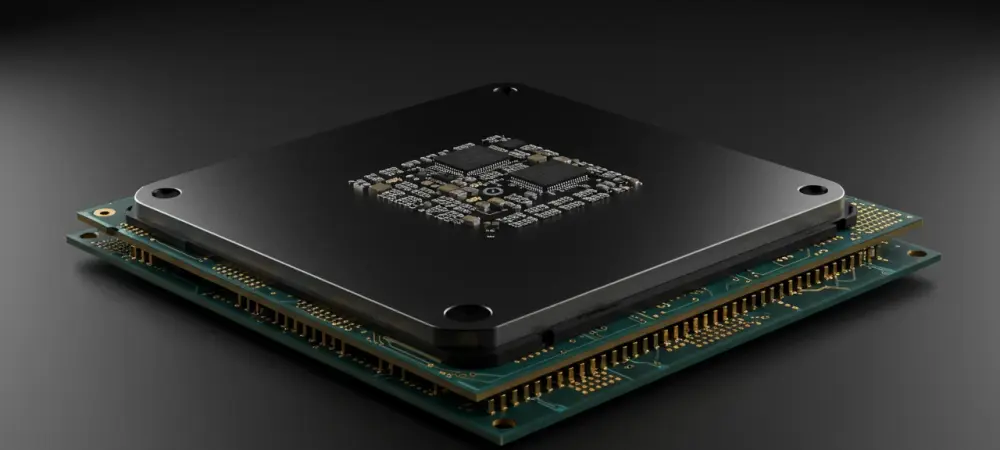In the rapidly evolving world of technology, Intel is rumored to make a significant shift with its upcoming Arrow Lake Refresh processors. Dominic Jainy joins us today to provide insights into what this could mean for the future of desktop PCs, particularly in terms of artificial intelligence capabilities.
Can you give us an overview of Intel’s Arrow Lake Refresh processors and their anticipated release timeline?
Intel’s Arrow Lake Refresh processors are projected to arrive in the latter half of 2025. They are believed to represent a major transition towards AI, primarily incorporating a more robust neural processing unit (NPU) that allows these CPUs to harness AI-driven functionalities that desktops have previously lacked.
What are the major changes expected in the Arrow Lake Refresh CPUs compared to their predecessors?
The key difference lies in the NPU, which is borrowed from Intel’s Lunar Lake laptop series, greatly enhancing AI-powered capabilities. Apart from this, we might see a marginal increase in clock speeds, though the overall architecture remains similar to previous Arrow Lake iterations.
How does the introduction of a more powerful NPU in the Arrow Lake Refresh affect its performance and capabilities?
The inclusion of a powerful NPU fundamentally changes the CPU’s interaction with AI features. It improves how the system can manage complex tasks such as intelligent searches and other Copilot+ functionalities, which are computationally intensive.
Can you explain what Copilot+ features are and how they will benefit from the enhanced NPU in desktop PCs?
Copilot+ encompasses a range of AI-driven features like advanced search, enhanced recall abilities, and more. With a potent NPU, the processing required for these activities becomes significantly more efficient, making these resources more accessible and responsive on desktop systems.
How would these AI advancements with Copilot+ features impact the average user’s experience on a Windows 11 desktop?
Users could experience a more seamless and intuitive interaction when utilizing Windows 11. The AI enhancements will likely facilitate tasks that were previously cumbersome, providing a smoother, more integrated computing experience.
Why do you think Intel is focusing on AI features instead of gaming performance for these new desktop CPUs?
This focus might be a strategic pivot away from gaming due to Arrow Lake’s lackluster reception in gaming circles. By placing emphasis on AI, Intel is targeting the growing interest in intelligent computing, which may appeal to a broader consumer base.
How has the previous generation of desktop CPUs (like Raptor Lake Refresh) performed in the market, especially in regions like Korea?
Raptor Lake Refresh has outsold Arrow Lake considerably, especially in Korea, which suggests a mixed sentiment toward Intel’s gaming capabilities with current offerings. This sales gap might have influenced Intel’s decision to shift focus.
What feedback have gamers given about Arrow Lake CPUs, and how might this have influenced Intel’s decision to shift focus?
Gamers have generally expressed disappointment due to meager improvements over previous models. Consequently, Intel may perceive shifting to AI as a chance to innovate differently, enhancing value in other facets beyond gaming.
Can you discuss any potential performance improvements from ‘slightly’ higher clock speeds in Arrow Lake Refresh?
While higher clock speeds should theoretically offer better performance, Intel’s description of the speeds as ‘slightly’ higher implies modest gains. This means gamers might notice minimal improvements in frame rates, indicating a potential compromise to favor AI enhancements.
Is there any indication of how Intel plans to position these CPUs in the market, given the focus on AI?
With AI at the forefront, it’s possible that Intel is aiming to capture enterprise markets that rely on intensive processing, while also appealing to everyday users looking for state-of-the-art personal computing experiences.
How has the community reacted to the news of the Arrow Lake Refresh, considering the mixed signals about its existence in the past?
The community’s reaction is tinged with skepticism given Intel’s history of flip-flopping on these processors’ release. Enthusiasts are both curious and cautious until more concrete details emerge.
What are some potential challenges Intel might face by shifting its desktop CPU strategy toward AI enhancements?
Intel could encounter challenges such as consumer resistance from gamers or tech purists who favor traditional performance metrics, and potential competitive pressure if AI alone doesn’t prove compelling enough.
In what ways can these AI-focused CPU advancements influence the broader computing industry?
This shift could prompt innovations in software development and computing paradigms, pushing other industry players to integrate AI more deeply into PCs, potentially leading to a revolution in human-computer interaction.
Do you believe this AI-centric approach will set a trend for other companies in the CPU industry to follow?
It’s plausible. As AI becomes more integral to computing, other manufacturers may follow suit, integrating AI cores more prominently to remain competitive and meet evolving consumer expectations.
When can users expect to see these Arrow Lake Refresh CPUs available in the market, and what should they look out for?
If rumors hold, consumers might see these in late 2025. They should be attentive to developments that clarify how these CPUs balance AI capabilities against traditional performance markers to suit diverse user needs.

